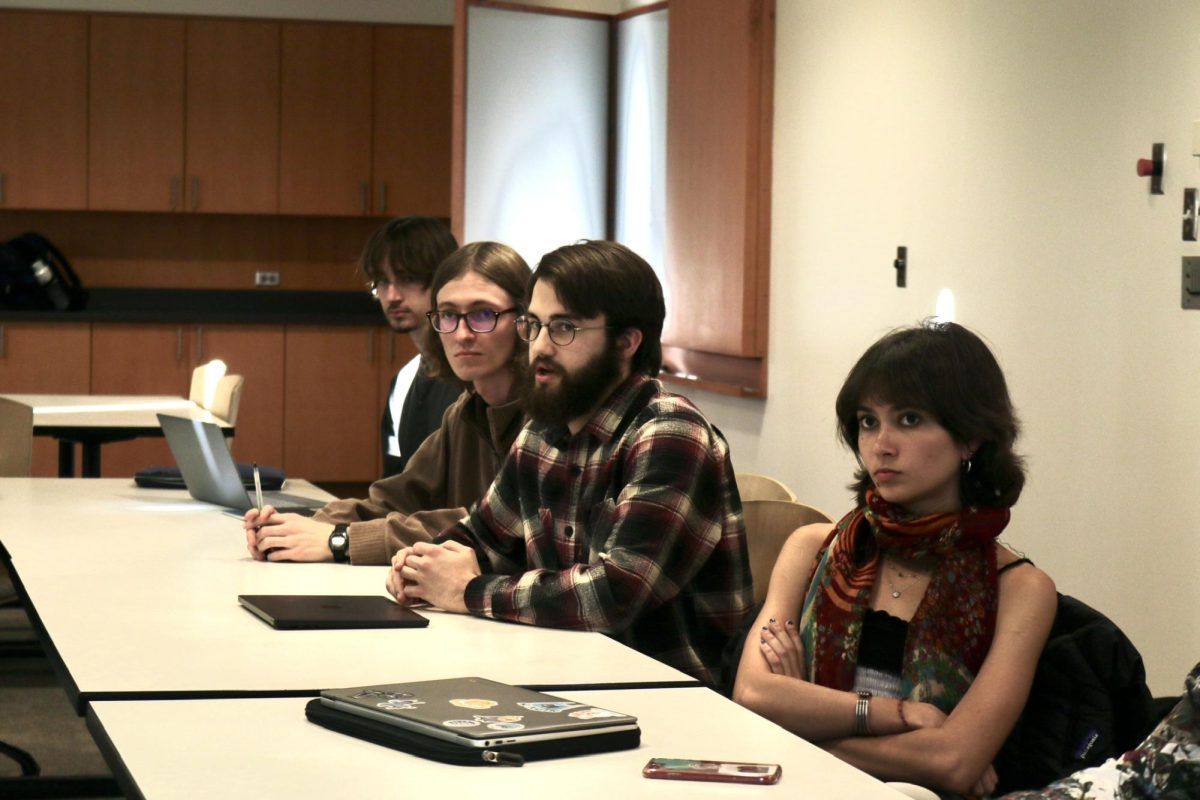Students may soon find themselves having to think twice before clicking “File” and then “Print” when using campus computers.
The college’s current excessive printing has become a concern of Information Technology Services (ITS) and the college administration, thanks to a reported budget of around $2 million for this year’s net college printing, according to Vice President for Institutional Planning Marci Sortor.
“Excessive printing has definitely escalated into a big problem,” said SGA Technical Advisor Dylan Sather ‘10. “If you go to any printing station on campus, you can find stacks of printed paper left lying around.”
Director of Information Technology Services William Francis has seen these untouched printed documents accumulate as well, and attributes them to careless mistakes people on campus make.
“I think that this often happens when students print ‘ahead’ to some printer on campus, thinking that they will pick up the paper on their way through, but [they] don’t always do that,” Francis said.
According to Sortor, excessive printing is additionally the by-product of increased student reliance on Internet and computer documents in place of books.
“It’s a growing problem since we’ve been using the Internet,” Sortor said. “We’re online a lot more—it’s easy to just hit ‘print.’ We have a problem where too many people print documents and never pick them up.”
The college administration, ITS and SGA are currently discussing a wide array of solutions to this problem.
“ITS is in the exploratory phase,” Francis said. “We are looking around at other schools and different technologies to see what systems work and we are interested in systems that reduce unnecessary printing by using a reasonable charge rate.”
According to Francis, one pay option would include using a combination of pay as you go with a set quota of prints per student.
Francis said that this system would be beneficial to most organizations on campus. when considering cases with students who either have excessive printing jobs, versus students who do not need much printing.
“ITS would not have to act unilaterally to determine either quota size or per-print fee,” Francis said.
If the college administration and ITS do not implement a new printing fee policy, they will have to revamp budgets to include the high printing costs.
“One option is to offer free printing, while addressing equity through financial aid by revisiting estimated printing costs,” Marci said.
ITS is not sure when the policy’s implementation will take place.
Some of Sather’s ideas range from reading documents on laptops to printing double-sided papers as a standard, to bringing readings to class on computers. Also, using a PWeb swipe attached to a computer device would give printers a cue of when to print a document, thus keeping users aware of when and what they are printing.
Francis also encourages students to take part in the policy making process.
“We are interested in the creative ideas of others on campus,” Francis said. “I have talked with EcoCampus and the Student Technology Advisory Council, and will be talking with faculty through the Instructional Support Committee tomorrow and Joint Board a week from tomorrow.”
While most solutions being considered involve some type of fee, Sather recommends alternative solutions that students and faculty can take and be part of.
“The best way we can affect change is through awareness,” Sather said. “Grinnellians are creative enough to find ways to cut down on paper and toner consumption.”
Categories:
Excess printing becomes issue
October 9, 2009
0
Tags:
More to Discover




















































